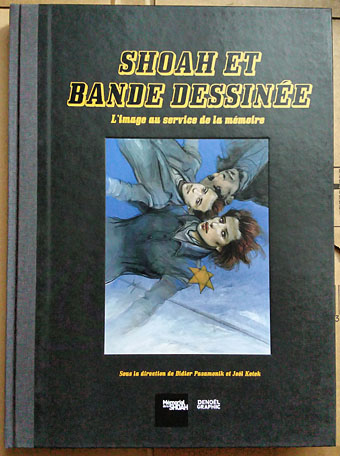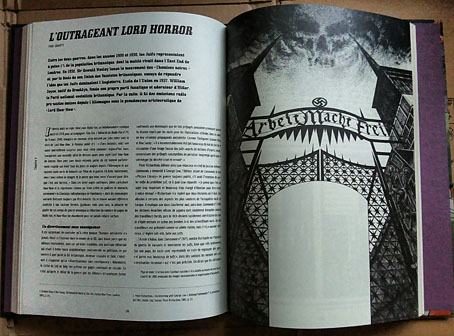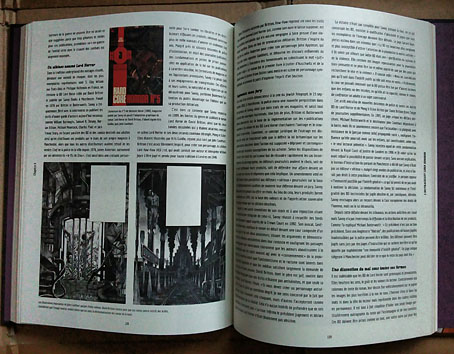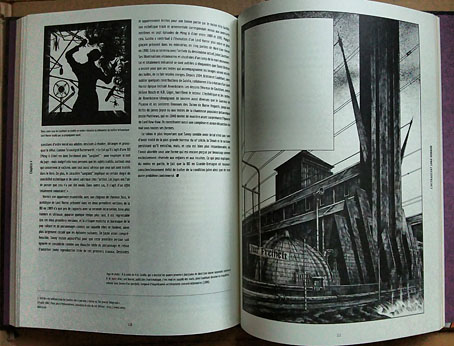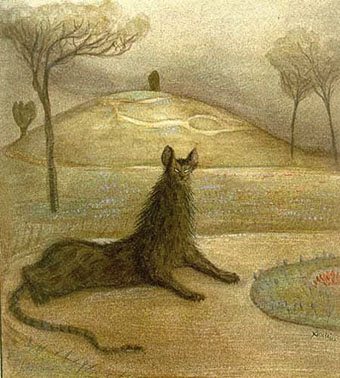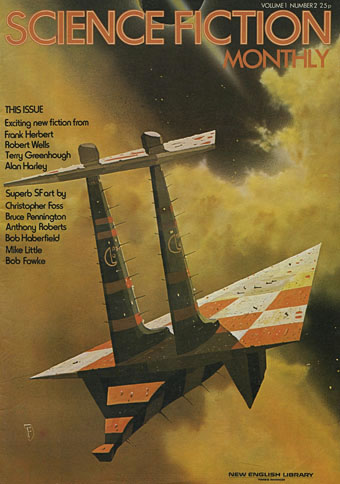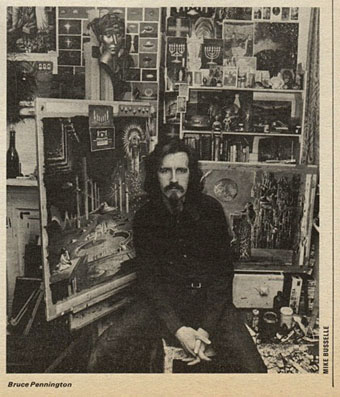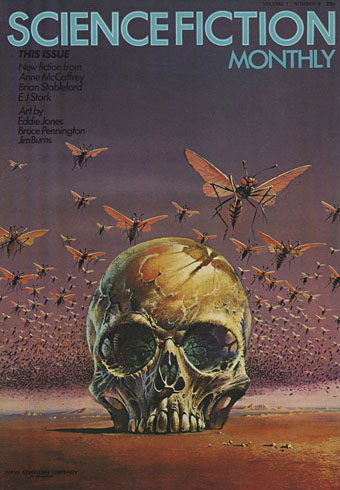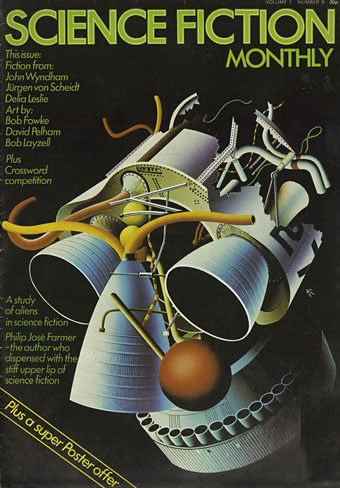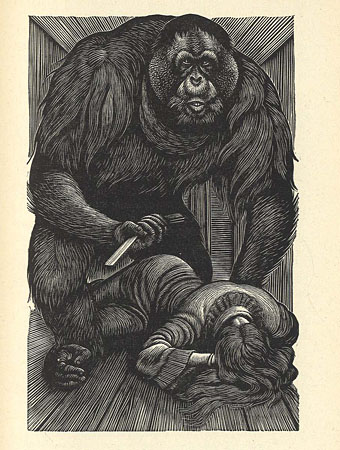
The Murders in the Rue Morgue.
My current workload is very Poe-oriented (about which more later) so I’ve been spending some time looking at earlier illustrators of the Boston maestro. Edgar Allan Poe’s stories don’t receive as much attention from illustrators as other popular works—horror and the macabre having a limited appeal—but there are nevertheless many illustrated editions, including this one from 1944 by Fritz Eichenberg which I hadn’t seen before. Eichenberg was a German who moved to America in the 1930s; his speciality was wood engraving, a technique particularly suited to Poe’s sombre dramatics. As always with illustrations of familiar stories, a large part of the interest lies in seeing how the artist has treated the work in their own manner. Several of the illustrations here show the climax of each story but The Pit and the Pendulum breaks with custom by showing the interrogation from the beginning (Harry Clarke showed both the beginning and the end). Also of note is the ape from The Murders in the Rue Morgue which for once looks like an orangutan rather than the unspecified simian monster seen in many other renderings.
Not all of Eichenberg’s illustrations are to my taste so this is a selection of favourites. You can see the rest at VTS together with more of the artist’s work.
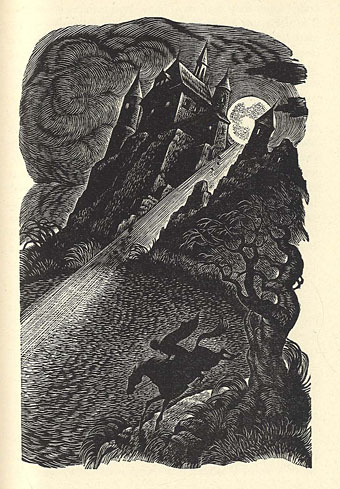
The Fall of the House of Usher.
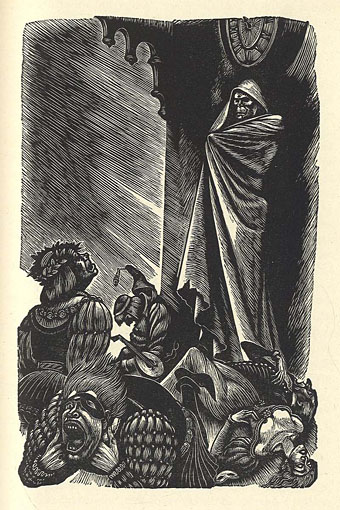
The Masque of the Red Death.


